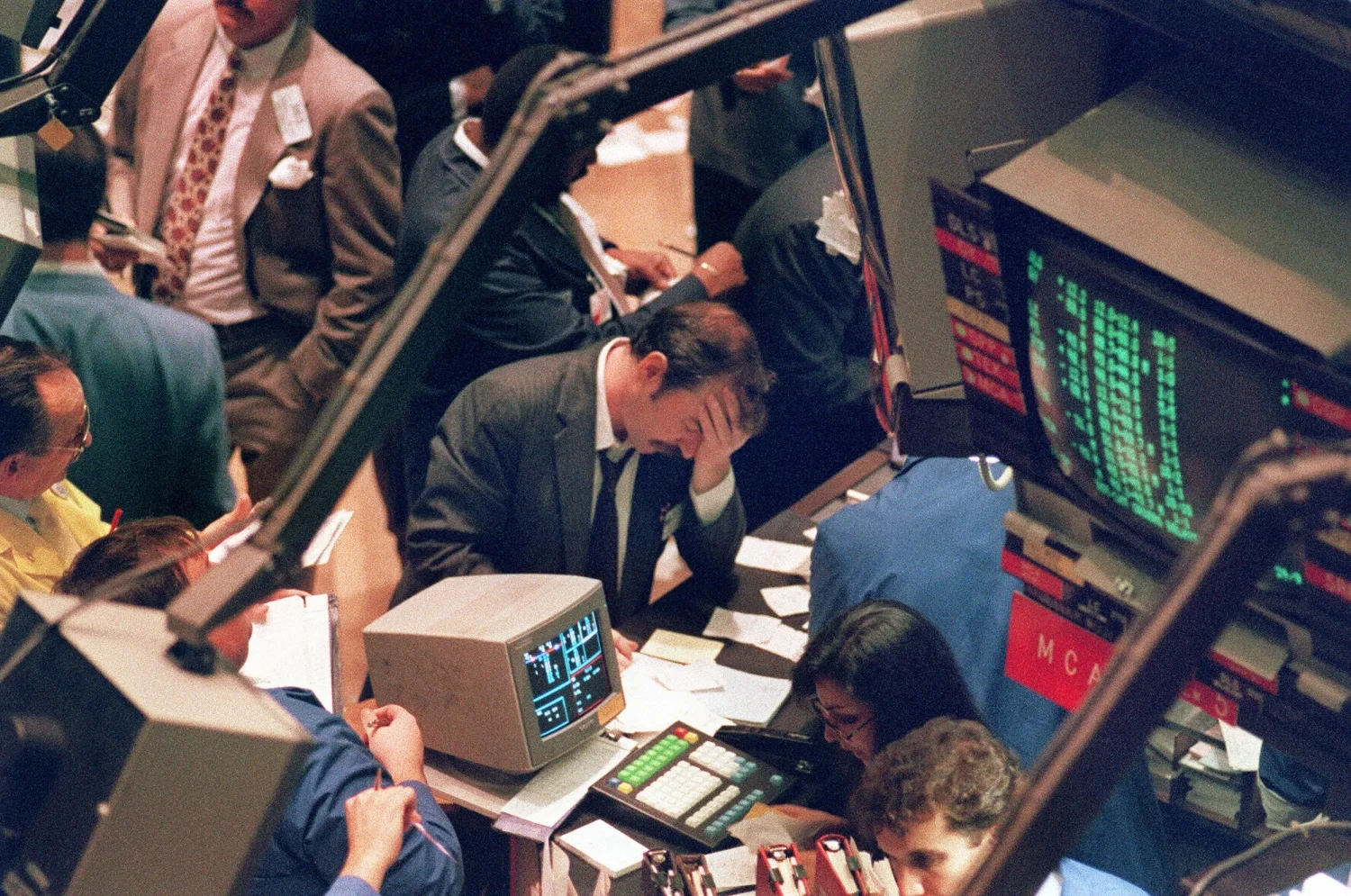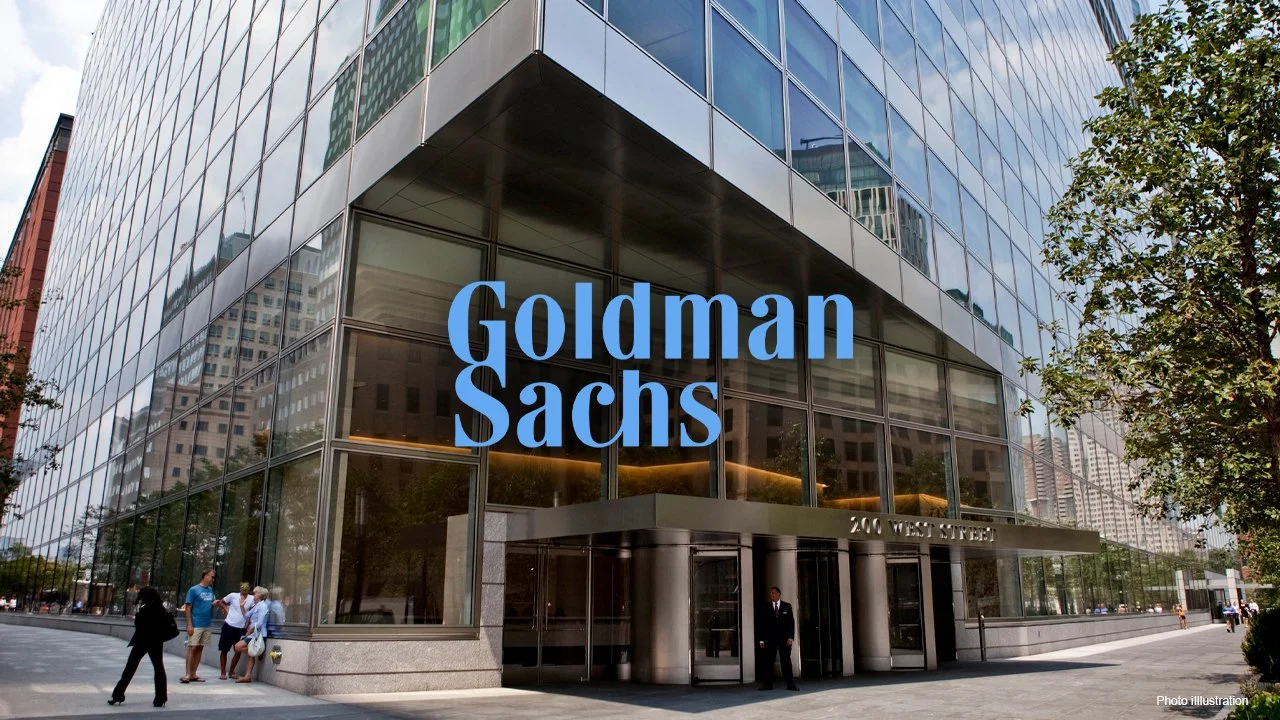
TOO big to fail
goldman sachs bod, 2008
the biggest crash
In the year 2008, a circle of influential personalities led Goldman Sachs, with the persona of which the firm could be identified in one of the most fluctuating financial periods in the modern economic history. This team had been the insiders since time immemorial, the up-and-coming brokers of power and old financial analysts and the core of the decision-making team within the firm. Every person came with a different lens: market intuition, quantitative rigor, geopolitical awareness, regulatory insight, and decades of investment experience, establishing a leadership environment in which every discussion has a point.
This group of leaders was now operating in an environment that was changing every hour as the global financial system started shaking. The financial building blocks that had been established over years compelled continuous exposure reevaluation, liquidity analysis, counterparty risk evaluation and the position of the firm in a fast deteriorating market. Their conversations were characterized by a sense of urgency and tension: late-night calls, crisis-room briefings, fast-developing and changing models inside the firm, and intense discussions on how far the company should go to ensure its protection without affecting the stability of the greater system.
But above the technical reasons, there were other questions of reputation, legacy and responsibility. There were members who believed in bold market instincts and aggressive approaches; the others were advocates of restraint, long-term conservatism and the need to maintain the position of the firm. Alliances among the internal were built and these alliances fell apart as new information was revealed and the weight of public opinion on each decision compounded the issue further.
During the crisis, this group of leadership was not simply reacting to the market forces, they were making them. Their decisions impacted the world regarding risky perceptions, the exposure of the firm to failed institutions and ultimately assisted Goldman Sachs in surviving as majority of its competitors failed. Their inner workings of cooperation, competition, belief and indecisiveness provide an insight into how one of the most powerful financial bodies in the world struggled with a once in a lifetime crisis.
This organization is a classic case of high-stakes leadership under intense pressure, it draws attention to the convergence of personal philosophies, institutional culture, and the seriousness of global events inside one decision-making institution during the landmark period in financial history.
preston farhatt
Crisis director
julia zhu
chair
sophia ives
ASSISTANT Crisis director

